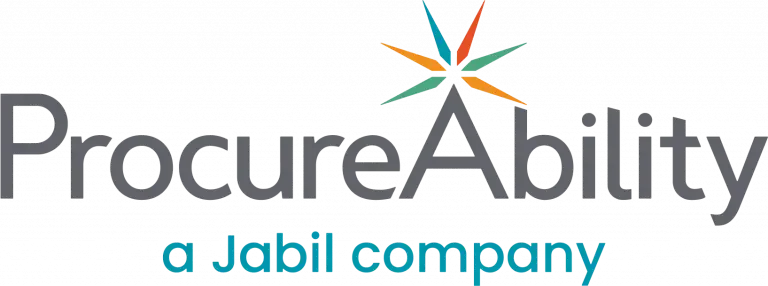Inflation may be starting to slow in parts of the economy, and cooling demand has taken some stress off supply chains. However producer prices continued to surpass forecasts in the latest report from the Labor Department, and at 7.4 percent annualized1, remain stubbornly high.
Periods of sustained, high inflation can be crippling to procurement organizations that don’t have a plan of attack for dealing with it. In our first installment of this two-part Insights series, we examined how information is power when it comes to addressing inflation, and why procurement teams must work across their organizations to better understand cost inputs to boost transparency and negotiating power.
Now we’ll explore five tactical steps procurement leaders can take to pass on price increases and build in enough flexibility to mitigate the impact of inflation on the bottom line. In addition to the potential for significant cost savings, these moves have ancillary benefits of increasing price visibility across the supply chain and improving relations with suppliers.
- Stagger supplier contracts
Diversification isn’t just for investment portfolios. By proactively managing contracts and employing strategic approaches, procurement can effectively spread out the risk of inflation biting all at the same time. This may involve staggering or differentiating supplier contracts across various durations, buying channels, pricing methods, and comparable market indices to limit exposure to sudden increases in commodity or labor costs. - Adopt periodic price adjustments
Once supplier contracts are put on a staggered renewal schedule to mitigate the short-term risks tied to inflation, procurement can proactively ensure their organization’s long-term success by analyzing services and material purchases for risk exposure and adopting a periodic price adjustment schedule. Creating a methodology and cadence for pricing updates allows both parties to plan and budget accordingly, leading to far more efficient procurement process. The key to success here is transparency: agreeing to automatic pricing updates using pre-determined terms can reassure suppliers that their contract prices are being updated fairly and consistently, enhancing the cooperative partnership. - Incorporate indexes into pricing
In our first article, we highlighted the benefits of collaborating across the organization to better understand how individual cost components impact the overall price and manage them accordingly. Incorporating indices into contracts can work hand-in-hand with deconstructed pricing strategies because of the added element of visibility that they provide. Deconstructed pricing helps procurement better understand suppliers’ pricing strategies, while index-based price adjustments provide a way to share risk when prices trend up or down. Combined, these practices provide a solid foundation for protecting interests in inflationary environments against existing contracts. In the long term, incorporating indices or other stabilizing mechanisms into new and existing contracts can help protect against sudden, unexpected price changes. - Establish tolerance thresholds
To achieve benefits in the short-term, procurement departments can establish a price risk tolerance level within the organization using a specialized team or technology to closely monitor the situation and alert when that level has been breached. By implementing tolerance thresholds, procurement departments can proactively manage risk and negotiate contracts to secure the most favorable prices through this mechanism of renegotiation. - Evaluate opportunities to increase inventory
Under normal operating conditions, carrying too much inventory can be a costly mistake. But when inflation is running persistently high, there may be periods where procurement organizations need to pounce on relative bargains to protect against future spikes. Each organization needs a strategy for monitoring their operating needs and optimizing their inventory in a way that accounts for changes in select pricing measures or overall inflation. Those that are successfully able to anticipate and activate dynamic inventory levels stand a far greater change to mute the impact of short-term price fluctuations on their bottom lines.
Getting aligned for better results
Taken together, these steps should empower procurement organizations to strengthen their inflation-protection defenses through price transparency and active risk management. The first ensures that all participants see the benefits of thinking more strategically along these lines, while the second empowers decision makers across the organizations to all pull in the same direction. That kind of alignment isn’t all that common, creating a point of competitive differentiation for those organizations that get this right.
Sources
1CNBC, December 9, 2022




